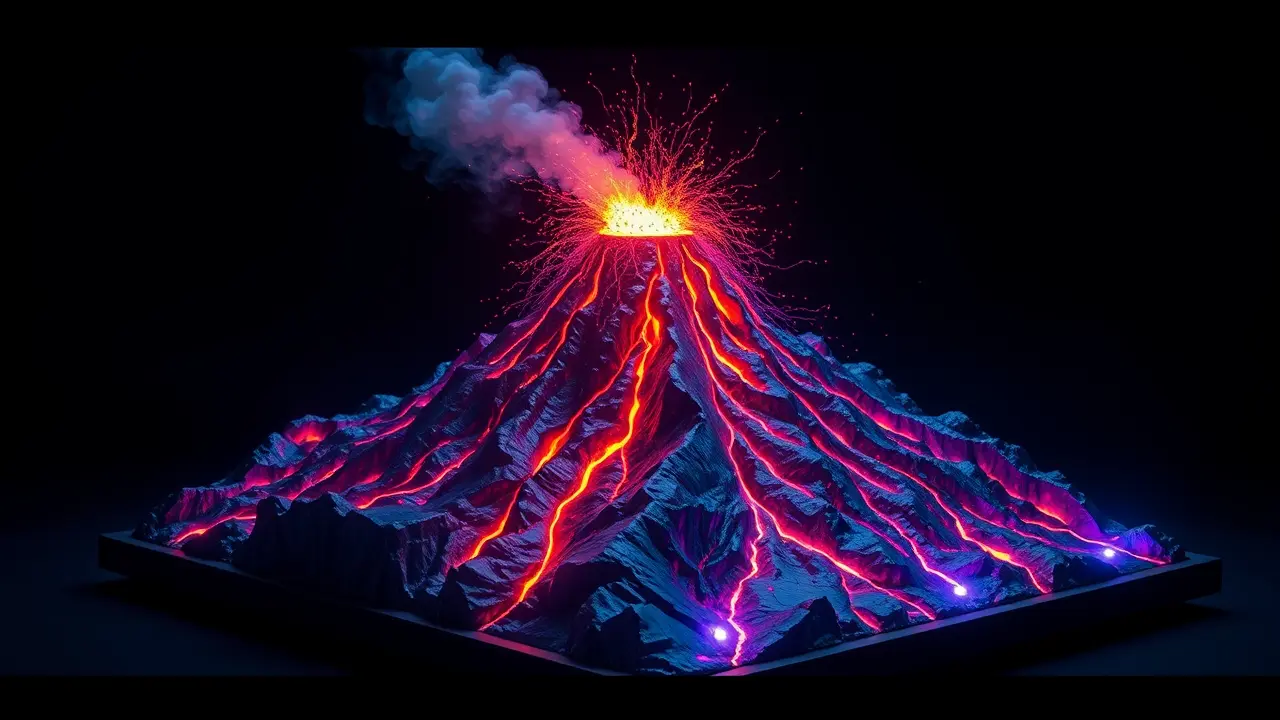
SciencearchaeologyArtifacts and Preservation
After 250 years, an 18th-century mechanical volcano erupts to life
TH
Thomas Green
3 hours ago7 min read
In a stunning fusion of historical artistry and modern technological resurrection, an 18th-century mechanical marvel depicting the fury of Mount Vesuvius has roared back to life after a 250-year slumber, a project brilliantly realized by students at the University of Melbourne. This isn't merely the restoration of a forgotten curio; it is the reanimation of a pivotal moment in the Enlightenment, when the boundaries between science, spectacle, and art were thrillingly porous.The original artifact was the brainchild of Sir William Hamilton, the British envoy to Naples, a man as fascinated by volcanology as he was by the antiquities being unearthed from the ash-buried cities of Pompeii and Herculaneum. His 'volcano' was a masterpiece of its era, a complex clockwork and hydraulic tableau designed for the aristocratic salons of Europe, where it would simulate the terrifying beauty of an eruption with rumbling sounds, projected lights, and flowing 'lava,' serving as both entertainment and a bold, if stylized, scientific demonstration of geological forces.The Melbourne team, acting as digital-age archaeologists, didn't just repair this relic; they reverse-engineered its spirit using programmable LEDs and precision movement mechanisms, allowing the volcano to erupt on command with a dynamic, controllable display that far surpasses its 18th-century counterpart's capabilities. This endeavor speaks volumes about our enduring obsession with cataclysm and creation, mirroring modern ventures like Elon Musk's vision for Mars—a different kind of terraforming spectacle.It forces us to consider how we document and interact with natural phenomena; where Hamilton used gears and candles, we now deploy satellites and sensors, yet the fundamental human urge to replicate, understand, and even dominate nature remains unchanged. The project also raises profound questions about authenticity and legacy in preservation: is this a faithful restoration or a reimagining? By injecting 21st-century tech into an 18th-century concept, the students have created a hybrid object, a palimpsest that comments on the evolution of engineering itself. It stands as a powerful testament to the fact that the passion for discovery that drove figures like Hamilton is not a dusty artifact of history but a living, breathing force, capable of erupting into the present with renewed vigor and insight, reminding us that the fires of curiosity, once lit, are never truly extinguished.
#featured
#mechanical volcano
#Mount Vesuvius
#18th-century artwork
#University of Melbourne
#historical reconstruction
#art and engineering
Stay Informed. Act Smarter.
Get weekly highlights, major headlines, and expert insights — then put your knowledge to work in our live prediction markets.
© 2025 Outpoll Service LTD. All rights reserved.